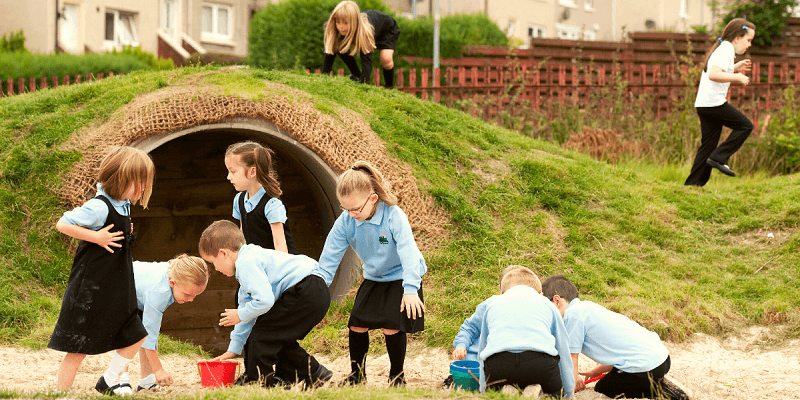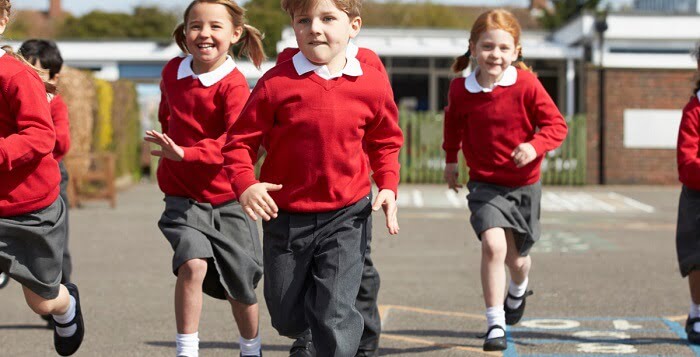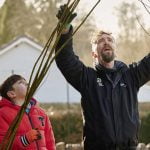Making breaktimes spaces for teacher-free learning
 Our Scotland Director, Matt Robinson, reflects on prioritising play and how to improve the quality of breaktimes.
Our Scotland Director, Matt Robinson, reflects on prioritising play and how to improve the quality of breaktimes.
High-quality play is an essential part of childhood. Article 31 of the UN Convention on the Rights of the Child (UNCRC) states that every child has the fundamental right to relax and play, and we know that child-led playtime has huge benefits.
Play makes children happier, healthier and more resilient. It improves cognitive function, increases academic attainment and, through playing with peers, children can develop stronger and more positive social relationships. I often refer to breaktimes as ‘teacher-free learning’: a place where children develop and learn in their own space and time.
However, although around 20% of time in school is spent in breaktimes, research from the UCL Institute of Education has shown that breaktimes have shrunk by an average of 45 minutes since 1995.
Children are living in an ever more adult-directed culture. It’s crucial that the time our children do have to play outdoors is maximised.
As all children have access to outdoor play at school on a daily basis, it makes sense for breaktimes to be the starting point for improving the quality of children’s play.

But while some schools struggle to create an inspiring and inviting outdoor space and others are constrained by concerns and controls about playtime, many more have no access to a significant amount of outdoor space at all. Levelling up playtime can be a challenge, but the brighter way of looking at this is that the more challenging your starting point, the more your children have to gain from improvements to breaktimes.
Investing in playtimes and play spaces in our schools is one of the most important things we can do. So here are some key documents to get you started:
- Create and outline your school’s policy towards outdoor play by using and adapting Learning through Landscapes’ Exemplar Outdoor Play Policy, which is free to download.
- Read and be inspired by our guidance of how to stage your own Playtime Revolution, and consider training to help you make the most of your school grounds during breaktime.
- Learn more about the research and evidence behind the benefits of play and how to realise them with ‘The Case for Play in Schools’, a recent literature review from our friends at Outdoor Play and Learning. This encouraging report is a must-read document for any school leader looking to improve outdoor play provision.
Enhancing your children’s experience of outdoor play is a step-by-step process, but the Learning through Landscapes team is always available to support you on your journey. For more information about how we can help, contact us at enquiries@ltl.org.uk.










